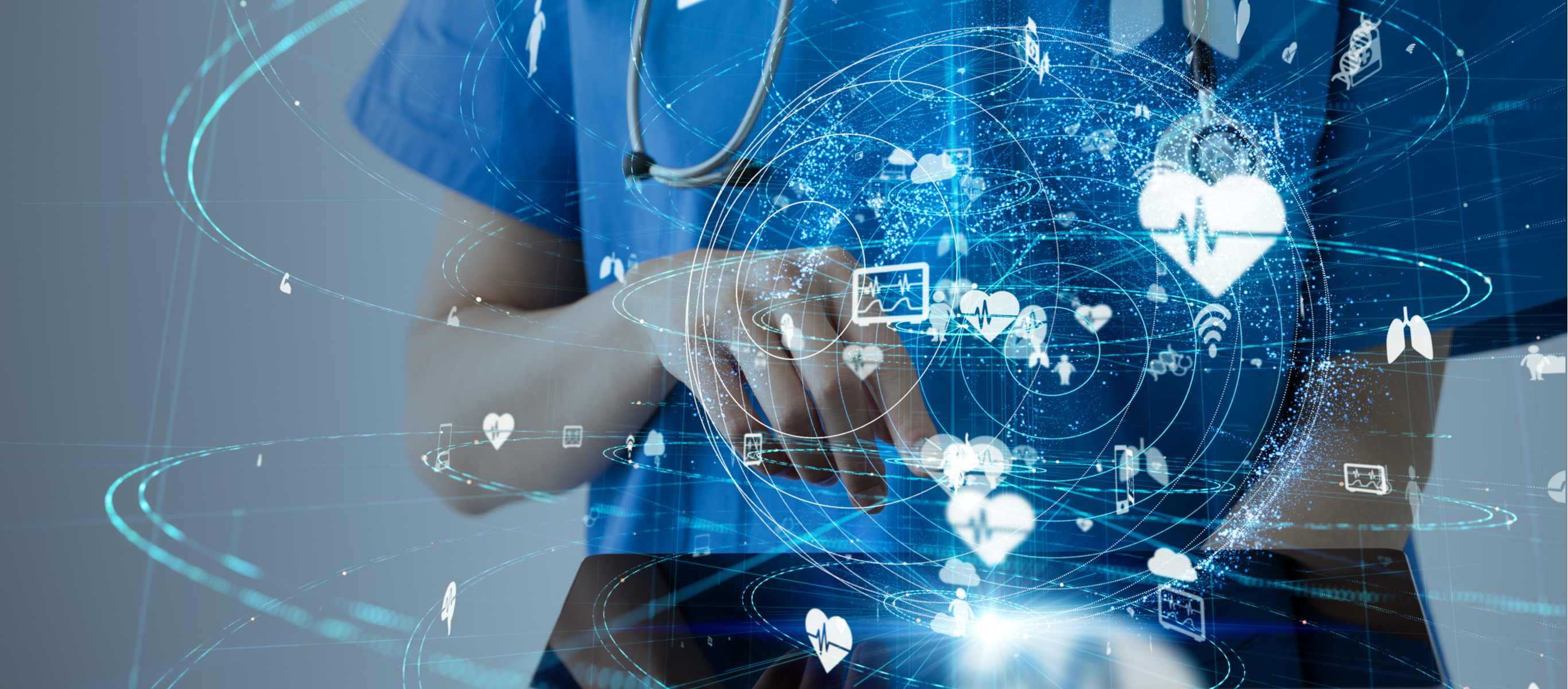
@ShahidNShah


Now that telehealth has become a fixture in the healthcare delivery firmament, it's time to examine what comes next. While current use predominantly focuses on televisits between providers and patients, and mysteries remain about reimbursement and licensure issues after COVID-19, forward-thinking healthcare executives are using the technology to enable new models of care.
Because of the asynchronous initiative's success, the health system is expanding its use beyond low-acuity care. Future plans involve developing new uses for the platform, capturing symptoms and history to create greater efficiencies for video visits and even in-person care.
Transforming the way healthcare is delivered requires changing, from the ground up, the way health systems think about their relationships with patients, Schoenberg says. Telehealth can alter dynamics related to patient traffic and volume, patient flow, transitions of care, and assumption of risk.
Continue reading at healthleadersmedia.com
The way I think about the bleeding edge of rev cycle automation is that there are a couple of ways you can go down the path. How you can automatically map process flows and codify them into …
Connecting innovation decision makers to authoritative information, institutions, people and insights.
Medigy accurately delivers healthcare and technology information, news and insight from around the world.
Medigy surfaces the world's best crowdsourced health tech offerings with social interactions and peer reviews.
© 2025 Netspective Foundation, Inc. All Rights Reserved.
Built on Apr 29, 2025 at 12:52pm